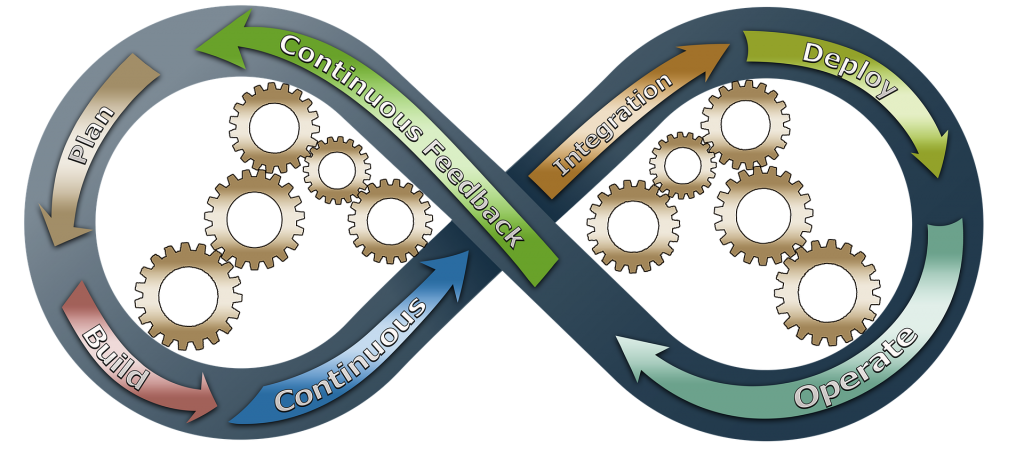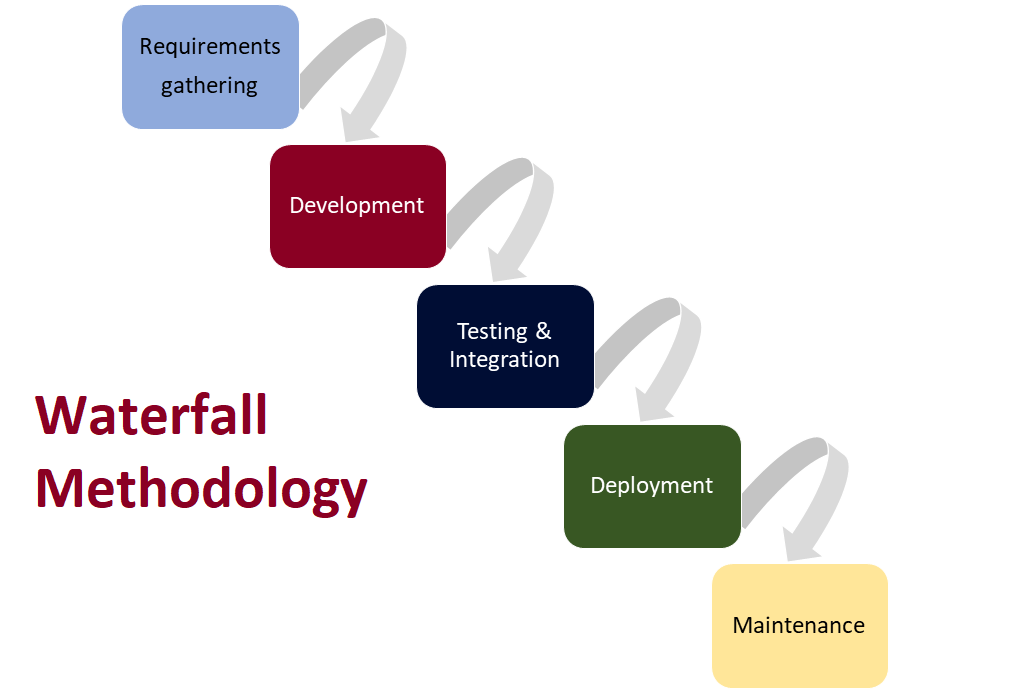
At the start of any software development project, one of the first few things you need to decide is – “What project management methodologies should be used? Agile or Waterfall?”
In this article, we will talk about the two methodologies and which one you should use for Nintex development.
Agile is an iterative management and development approach that is famous for its rapid delivery and flexibility to respond to change.
The time of the project is divided into different phases called sprints. In each small sprint, there is a list of deliverables planned ahead of each sprint based on priority. Teamwork is a very important component in Agile to make sure everyone is involved continuously. Usually, a cross-functional team including software developers, testers, and users will concurrently work on the project and aim to achieve all deliverables.
In software or application development, in each sprint, the application is completed in an incremental approach and is tested thoroughly. This is followed by continuous feedback from users to help shape a better user-friendly product.
Requirements, delivery plans, and so forth are evaluated and reviewed in each sprint enabling more flexibility.
From the above, you know that the Agile methodology requires intense commitment to the project. However, at the same time, this is more user-oriented and builds a strong sense of ownership between the members of the team.

Waterfall methodology is a sequential process and is considered to be the traditional approach to project management.
The project is divided into different discrete phases such as requirement gathering, development, and testing phases. These phases begin one after another.
Unlike Agile, requirements, delivery plans must be clearly declared upfront and should not be changed during the development lifecycle. Everyone should be clear about their roles and reserve their availability during the phase.
It seems like Waterfall is strict but it is also a clear and easy framework to use. Project scope is agreed upon by everyone in advance, making it straightforward. With this methodology, progress is easily managed and measured.

There isn’t an absolute answer to this question. Although Nintex K2 is famous for its easy to develop and manage drag-and-drop toolbox. This makes it seems like a perfect fit for Agile, but it also depends on the project size and the team resources.
If Nintex K2 is new to you, the project is large and you have dedicated resources to engage in the project cycle continuously, then Agile might be a perfect fit for you. It brings you a high degree of flexibility and involvement, as well as the ability to see outcomes from each sprint constantly.
However, if you have limited resources, the project size is smaller, your team is clear about the requirements, and is familiar with Nintex K2 Five, Waterfall might be a good choice. Different tasks are well divided into different phases and everyone in the team understands the goal. They can simply focus and drive to success.
At AMO our team is familiar with both approaches and has been using them for different projects based on our customers’ needs and different criteria.
Speak to our team to get our professional advice and to ensure you embark on a successful and care-free automation journey!
We gather information about your needs and objectives of your apps. Unsure about the app you need? We will carefully assess your top challenges and provide expert guidance on the perfect solution tailored to your success.
We create wireframes and an interactive prototype to visualise the app flow and make changes as per your feedback.
Estimation of the project deliverables including the resources, time, and costs involved.
Showcasing POC to relevant stakeholders illustrating the functionalities and potential of the app to meet business objectives.